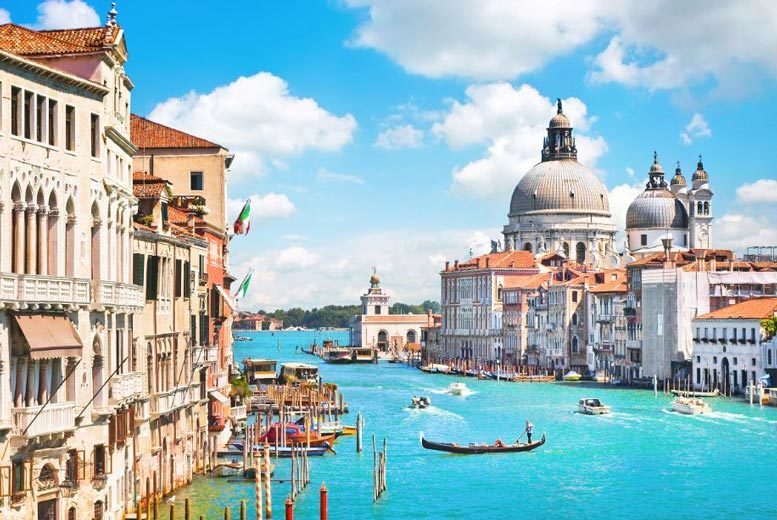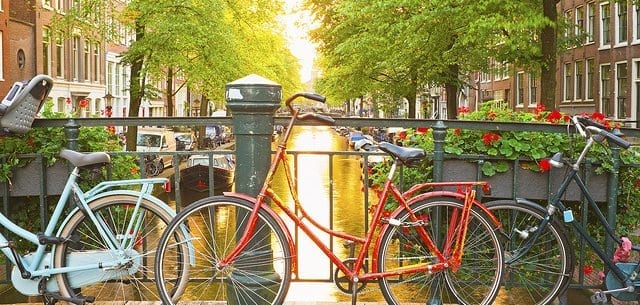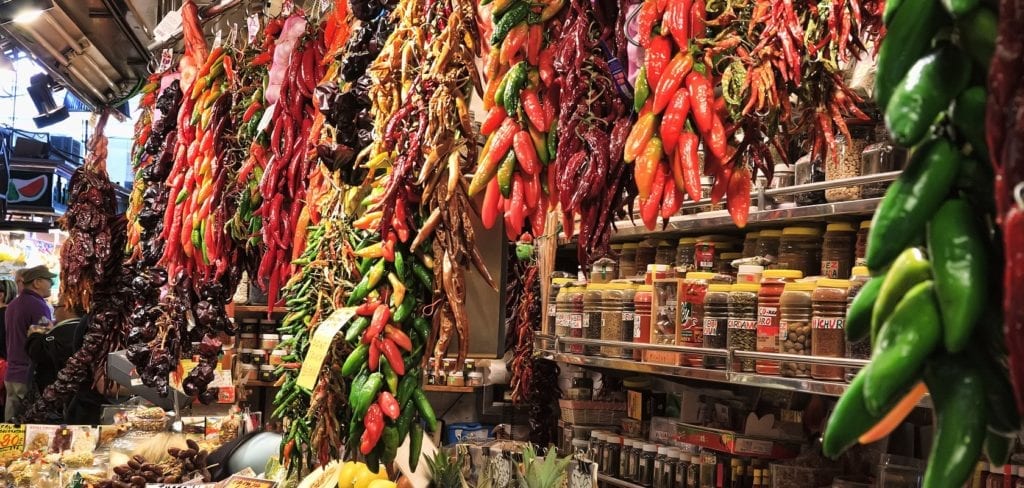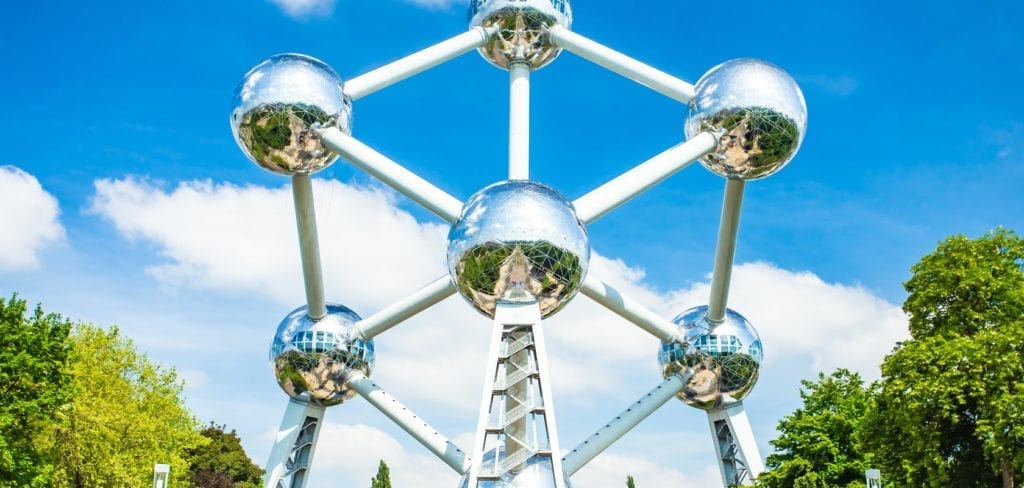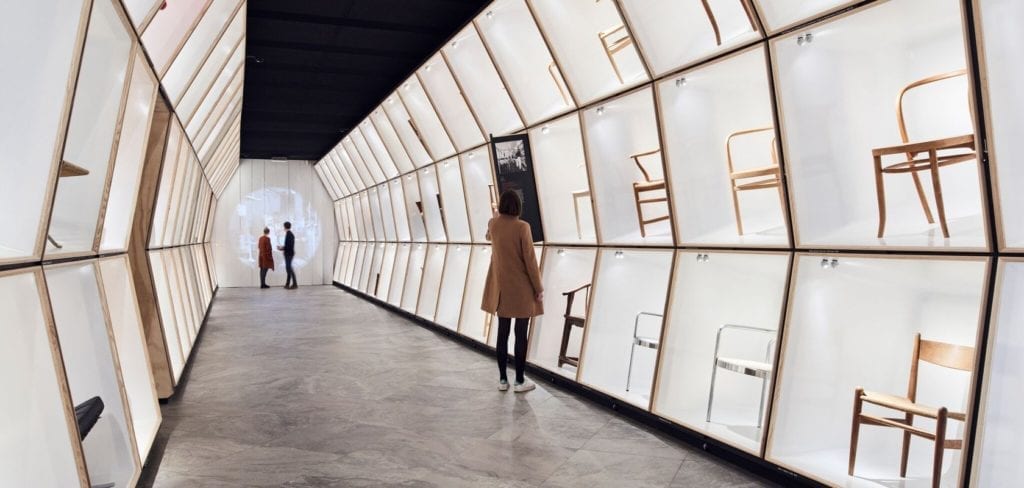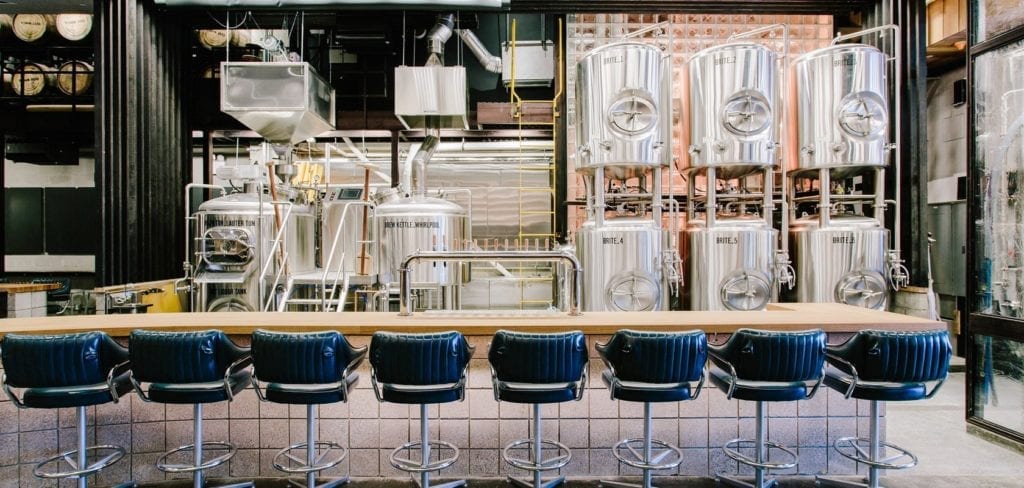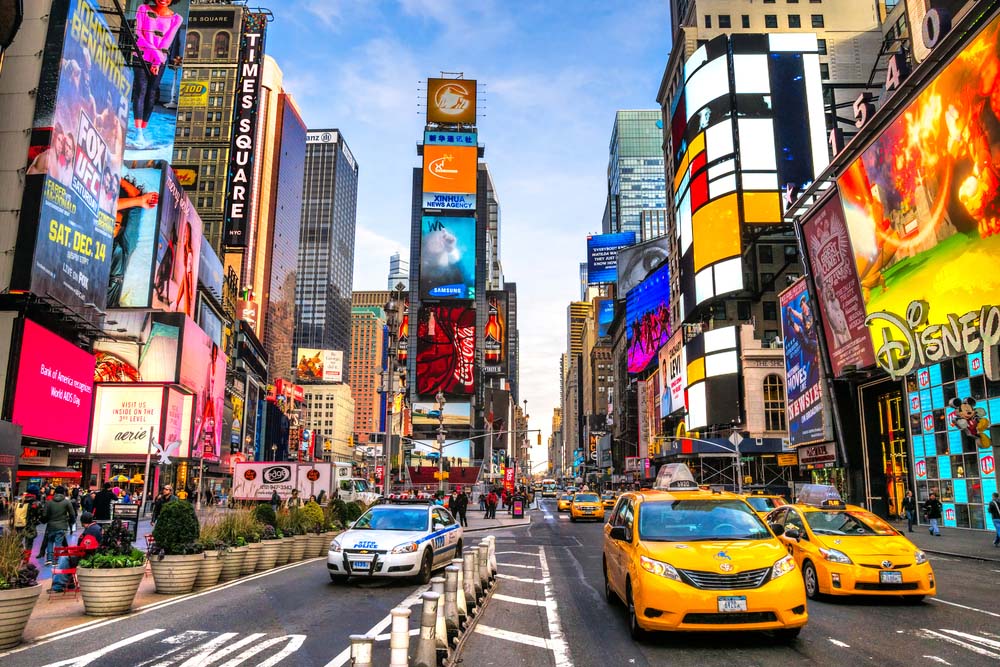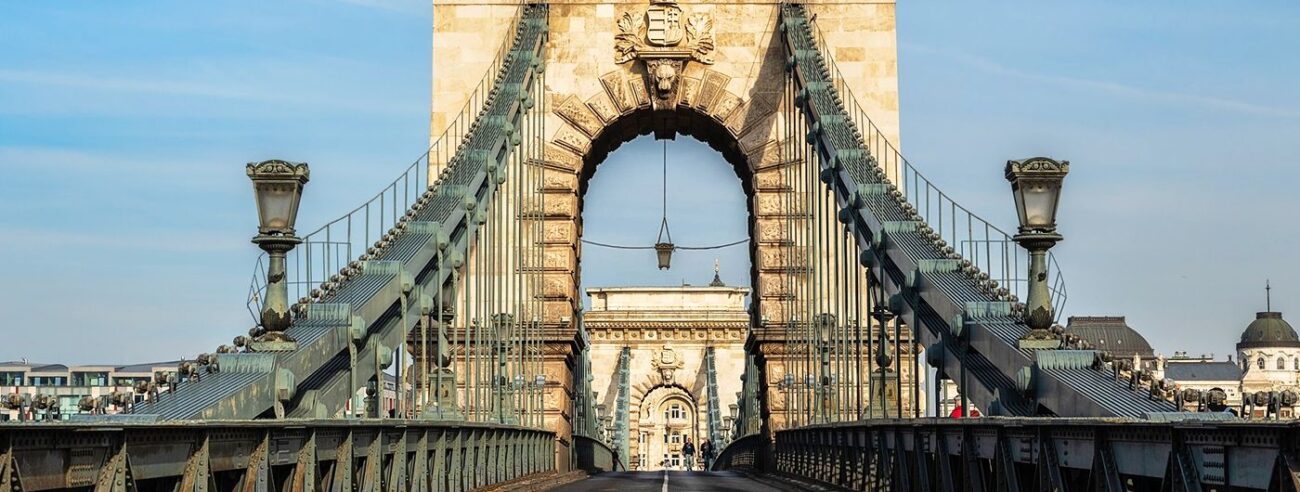There is no substituting the excitement of setting off to the airport on a new trip and the two or three-night European city break is one of those wonderful pleasures of travel: a rejuvenating escape from the daily routine, and a big burst of exciting discoveries, culture and local cuisine. If you research your trips and choose your destinations carefully, there’s plenty you can do to make European city breaks smoother, easier and more affordable.
Before you go
Travelling in the peak season is usually best for optimum weather, but the advantages of taking a city break out of season (if you can) are numerous: cheaper and less crowded flights, more accommodation choices with better prices, and shorter lines at museums and key attractions.
When it comes to accommodation options, think beyond hotel rooms and consider using sites like Airbnb for a more personalized and local city experience. You get to stay in some fabulous places (either with the owner or self-contained) and there can be numerous bonuses such as breakfast, plus useful local tips and information from the owner.
City research
Research your chosen city destination by browsing the web for free things to do. For example, many city museums and galleries are free such as the Tate London, Berlin’s East Side Gallery and the Reykjavik Museum of Photography.
Travel apps can be good, but guidebooks still have their place. Well recommended are Lonely Planet, Rough Guides and the DK Eyewitness Travel Top 10 city guides, which are very portable and contain a robust pull-out map and language section of useful phrases.
Travel light
Travelling light is a key tip for a smoother city break. Taking a small, lightweight bag or backpack that passes as hand luggage, makes it cheaper and easier at airport check-in, and avoids the queues. There’s also no waiting for luggage at the other side, and once in the city, it means easier walking to and from the accommodation.
The beauty of the short city break, especially if it’s in a warm climate, is that you don’t need much clothing. If you are going to Barcelona in July, it could be one pair of comfortable worn-in walking shoes or sandals, a few t-shirts, bathroom essentials and the jeans or shorts you are travelling in. Think also about versatile items such as a lightweight waterproof/windproof jacket and a long-sleeved top.
A selection of smaller, useful items to pack could include: 100ml bottles (that can be filled beforehand with sun cream and shampoo), good earplugs, a travel adaptor for charging devices, a separate purse or wallet (for the local currency), phrasebook, pen and notepad, water bottle, and a roll-up/foldable bag, so you can leave your main bag in your accommodation when you explore the city.
Never take anything that you are not prepared to lose, and leave items of sentimental value at home. Also, leave cards behind that you don’t need at your destination such as your driver’s license, gym membership and extra bank cards.
When it comes to money it’s always a good idea to carry some cash (in low denomination notes) as it could be a problem trying to pay for a few provisions at a small store with a €50 bill, for instance.
In the city
To get to your accommodation, many airports have a low-cost, regular bus or train service to the city centre bus or train station, where you can either walk to your bed for the night or take some local transport.
It’s always worth visiting the Tourist Information Office at the airport, railway station or city centre to pick up maps, useful brochures, timetables and other information. Here, you can also learn about any money-saving transport cards and city passes that may be available.
It’s really satisfying to explore the streets of your chosen city on foot, and it doesn’t cost a penny. Whether its strolling Amsterdam’s famous canals, enjoying magnificent views from Alicante’s Santa Barbara Castle or exploring the Montmartre district of Paris, many of the finest city experiences are free.
Depending on how much you want to pack in, you can combine two-in-one, by having a full city day and then taking a day-trip outside the city.
Eating and drinking
As a general rule, in most European cities breakfast and lunch offer better value than evening dinner in restaurants. Look out for all-inclusive lunchtime specials such as menú del día in Barcelona or Dagens lunch in Stockholm.
Whether it’s a currywurst in Berlin, fish and chips in London or freshly fried Baltic herring (stekt strömming) in Stockholm, sampling the local fast-food can be an affordable and tasty alternative to a more expensive sit-down meal.
Visit the city market and stock up on local produce such as cheese, bread, fruit and olives. Then seek out the nearest park or green space for some picnicking and people watching. Some fabulous markets include Marché Bastille (Paris), Borough Market (London) and the Albert Cuypmarkt in Amsterdam.
Bits and pieces
Whether it’s ordering a beer, asking for the bill or finding directions to the nearest Tourist Information Office—in French, Spanish or Swedish—learning a few useful words of the local language can go a long way to smooth and enrich the city break experience.
Get into the habit of meeting locals and travelers and asking them what places, activities and restaurants they recommend. Also, be spontaneous enough to take unplanned suggestions on your next European city break. They often turn out to be the most memorable experiences.
